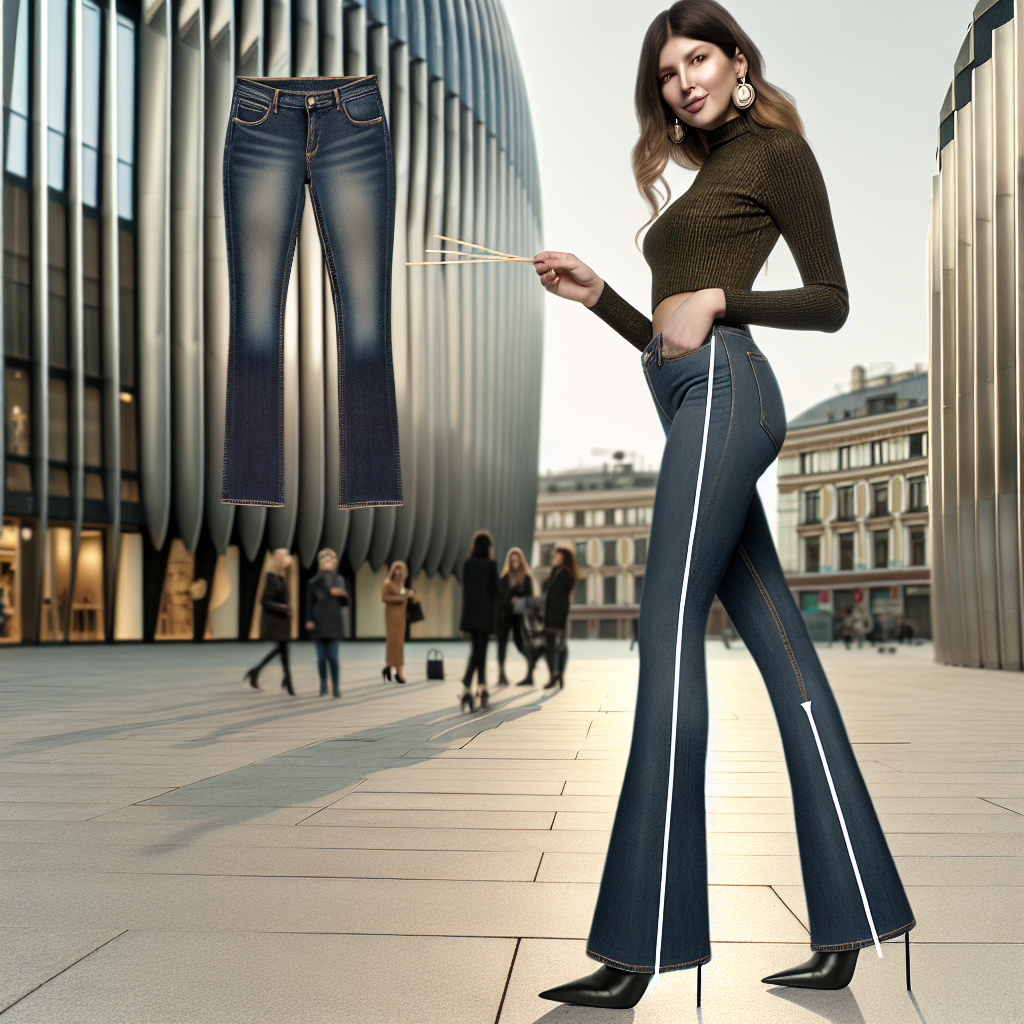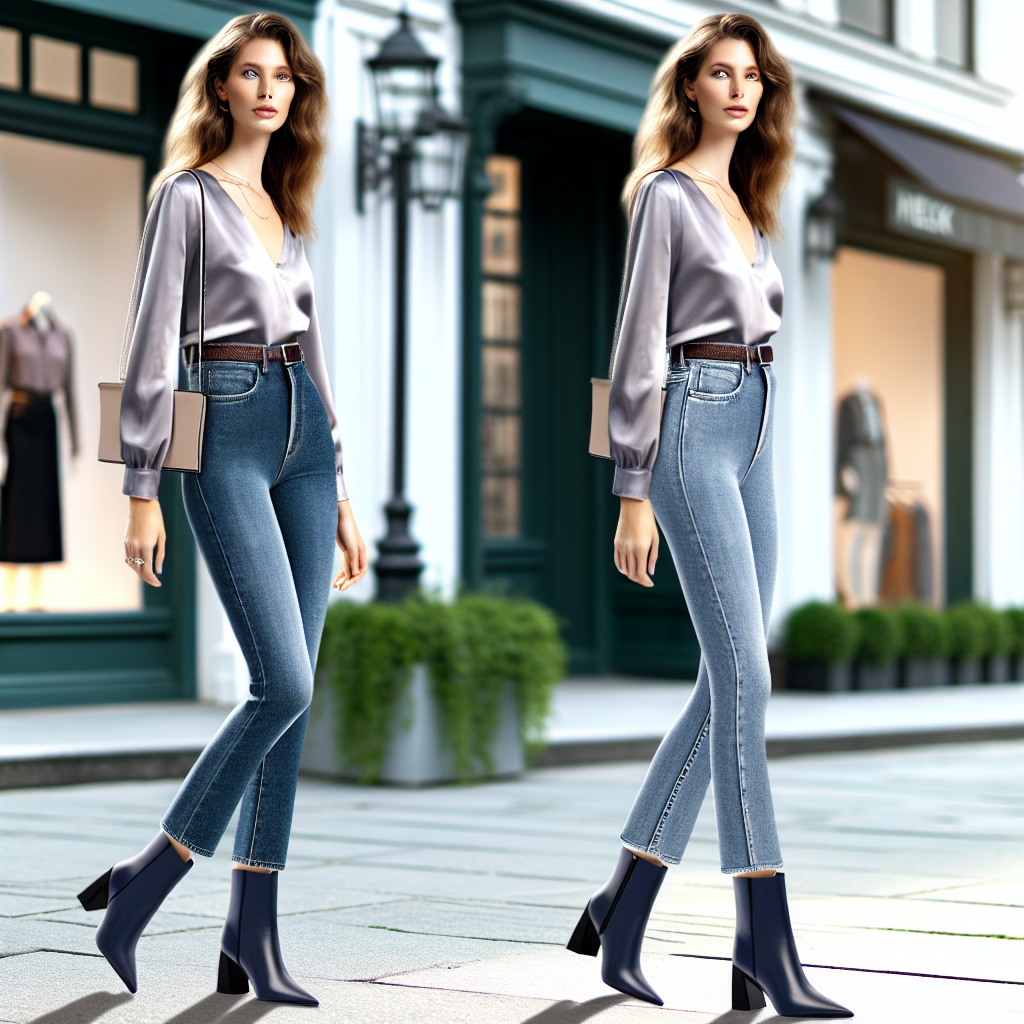What’s the Difference Between $50 Jeans and $500 Jeans?
Introduction: The Denim Dilemma
Jeans have long been a wardrobe staple, transcending decades and trends. From rugged workwear to high-end fashion statements, they hold a universal place in closets across the globe. Today’s market, however, offers a dizzying range of choices—especially when it comes to price. So, what exactly makes one pair of denim jeans worth $50 and another command a luxury price tag of $500? As it turns out, the price difference is about more than just a designer label. From fabric quality and craftsmanship to branding and sustainability, many factors influence the cost of denim.
Fabric Quality: The Core of Cost Variation
Understanding Denim Types
The first major factor that separates budget jeans from their luxury counterparts is the fabric. High-end jeans often use premium quality raw denim, typically sourced from niche mills in Japan or Italy. Japanese selvedge denim, for example, is known for its dense weave, durability, and historical authenticity. In contrast, lower-end jeans are usually made using mass-produced denim, often thinner and woven with shorter cotton fibers, which wear out more quickly.
Fabric Treatment and Dyes
Expensive jeans often go through a meticulous dyeing process using natural indigo and multiple dips to achieve depth and vibrancy in color. Cheaper jeans, on the other hand, may be dyed with synthetic indigo, resulting in flatter hues and less colorfastness. Furthermore, artisanal jeans might be stone-washed, hand-distressed, or enzyme-treated in small batches, while budget jeans typically undergo machine washing in bulk, offering little in the way of uniqueness.
Craftsmanship and Construction
Attention to Detail
When you’re shelling out $500 for a pair of jeans, you’re paying for craftsmanship. Luxury jeans are usually handcrafted or produced in small workshops where skilled artisans handle stitching, cutting, and finishing. They feature reinforced seams, high stitch-per-inch counts, and flawlessly aligned rivets and zippers. Each element is scrutinized for quality.
On the flip side, $50 jeans are often mass-produced in large factories where speed and cost-efficiency are prioritized. The result is occasionally inconsistent stitching, simpler construction techniques, and fewer quality checks throughout the production process.
Fitting and Tailoring
Fit is another area where premium jeans excel. Brands like Rag & Bone, Acne Studios, or Saint Laurent offer tailored fits that align closely with high fashion standards. They’re designed with anatomical precision, offering superior comfort and a silhouette that elevates a wearer’s appearance. Budget jeans, while widely available in multiple sizes, may not offer that tailored, body-conscious fit, which can lead to sagging, bunching, or uneven fading over time.
Design and Aesthetics
Unique Features and Embellishments
Expensive jeans often feature custom hardware—buttons, zippers, rivets—and exclusive selvage edges. You’ll also notice elevated design elements like leather patches, hand-labeling, or bespoke embroidery. Limited runs and capsule collections make certain high-end pairs feel more like collectibles than clothing.
Budget jeans generally follow current market trends without offering much innovation in design. Their materials and embellishments are standard and tend to prioritize widespread appeal over individuality, meaning they may lack the polish and uniqueness of a high-end pair.
Branding and Prestige
The Power of the Label
Let’s be honest—a portion of the price tag on $500 jeans comes from brand prestige. Luxury fashion houses spend extensively on marketing, brand storytelling, and aligning themselves with celebrity culture. Labels such as Balmain, Alexander McQueen, or Gucci invest in crafting an identity that makes their jeans not just clothing items but status symbols.
In contrast, budget brands focus on accessibility and value. Retailers like H&M, Old Navy, and American Eagle offer decent-quality jeans at competitive prices, yet they often lack the aspirational branding that makes a pair of jeans feel like a lifestyle choice.
Ethical and Environmental Considerations
Fast Fashion vs. Sustainable Practices
Another crucial difference lies in sustainability practices. Many luxury denim brands are adopting eco-conscious approaches—from using organic cotton and natural dyes to offering carbon-neutral production processes. Brands such as Re/Done or Stella McCartney make their ethics as fashionable as their aesthetics, appealing to conscious consumers willing to pay a premium for sustainably made goods.
Budget jeans, while affordable, are often linked to less transparent supply chains, lower labor standards, and unsustainable environmental practices. Although some fast fashion brands are making strides to become greener, the focus usually remains on low cost and rapid turnover.
Longevity and Cost-per-Wear
Investment vs. Immediate Gratification
When considering the price of jeans, it’s crucial to factor in longevity. A $500 pair of jeans may last a decade or longer if well-cared for, maintaining its shape and patina with time. Its initial high cost can be offset by a lower cost-per-wear, especially if it’s part of a smaller, curated wardrobe.
Cheaper jeans might only last one or two seasons before signs of wear become unignorable. They stretch out faster, lose their color, and are more prone to rips and tears. While you won’t break the bank buying them, you may end up purchasing replacements more frequently, adding to your long-term costs.
Conclusion: Which Jeans Are Right for You?
Ultimately, the choice between $50 jeans and $500 jeans comes down to personal values, lifestyle, and budget. If you’re fashion-forward, environmentally conscious, and appreciate artisanal quality, investing in high-end denim may be worth every penny. However, if you’re on a budget, constantly updating your wardrobe, or seeking functional everyday wear, there are plenty of affordable options that provide solid quality and style.
In the world of denim, the price tag tells more than a tale of status—it’s a story of fabric origin, ethical production, design excellence, and artisanal craftsmanship. The key is to make an informed decision that aligns with your views on style, sustainability, and spending. Quality doesn’t always have to come at a sky-high price, but if you’re looking for jeans that age like fine wine and make a statement, there’s value in splurging.
Whether you’re a jeans connoisseur or a casual wearer, knowing what goes into the cost can help you choose the perfect pair for your wardrobe and your wallet.











